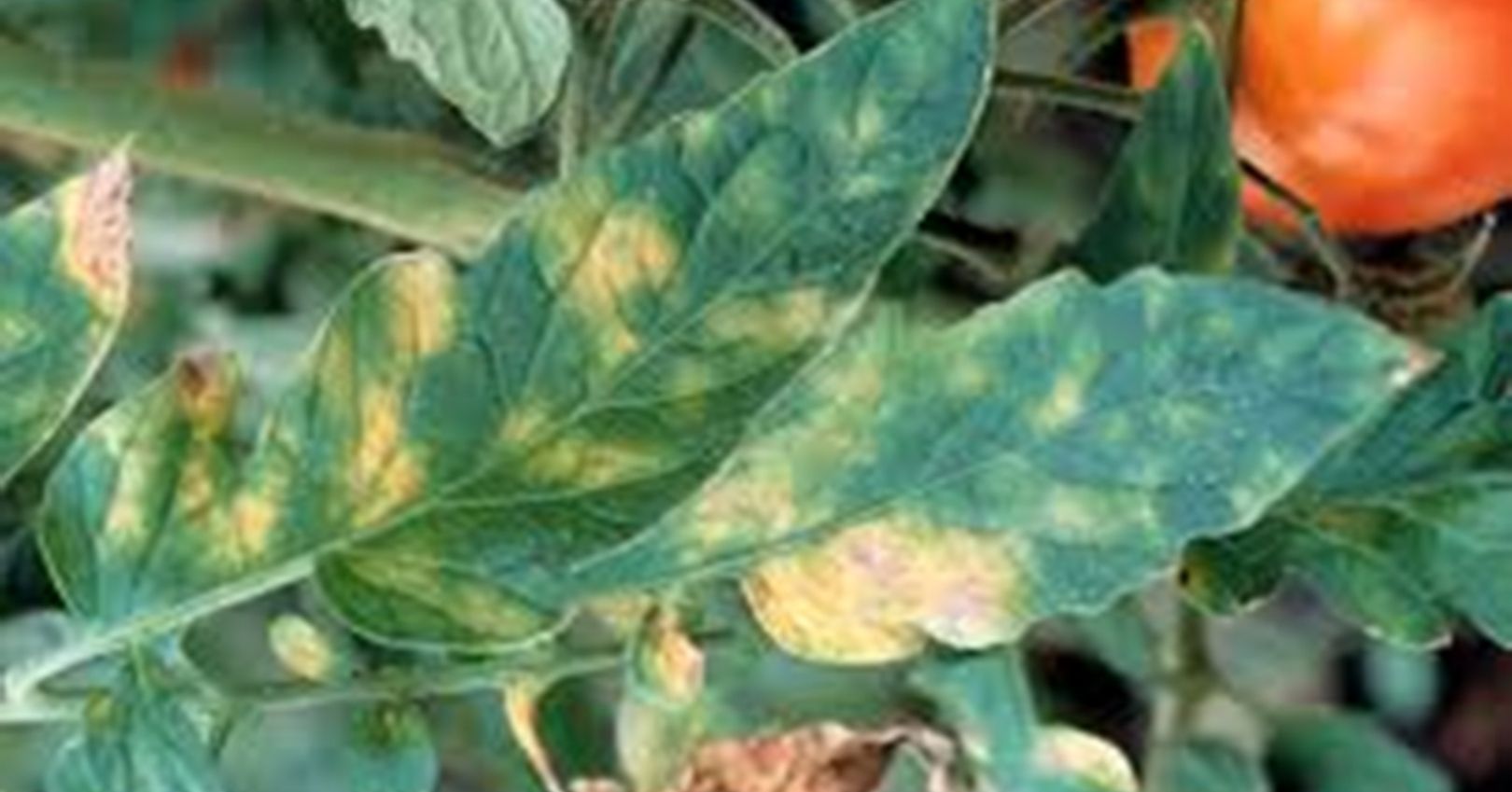ಬ್ಲಾಗ್ ಪೋಸ್ಟ್ಗಳು
-

, ಮೂಲಕ Agriplex India Cleaning Consciously: The Rise of Eco-Friendly Products and Why Shuddi Leads the Way
We’re living in a time where wellness, sustainability, and transparency matter more than ever — not just in what we eat or wear, but in...
-

, ಮೂಲಕ Agriplex India Cleaning Consciously: The Rise of Eco-Friendly Products and Why Shuddi Leads the Way
We’re living in a time where wellness, sustainability, and transparency matter more than ever — not just in what we eat or wear, but in...
-

, ಮೂಲಕ Agriplex India Protecting your Crops in Cold & Rain
By tailoring your practices to the damp, cool conditions of the monsoon (or unseasonal showers), you’ll head off the diseases, pests, and physiological stresses that...
-

, ಮೂಲಕ Agriplex India Best Plantation Crops for April & May: Groundnut and Sesame Farming Guide
Major Plantation Crops for April and May: Groundnut & Sesame April and May are critical months for farmers to begin planting crops that can withstand...
-

, ಮೂಲಕ Agriplex India Seasonal Agricultural Crop Management: April Guide
Seasonal Agricultural Crop Management: April Guide April marks a crucial transition period in agriculture, with varying climatic conditions influencing crop growth and health. Effective management...
-

, ಮೂಲಕ Agriplex India Battling the Orchard Bullies: Tackling Top Pests in Mango and Citrus
Mangoes and citrus fruits – vibrant, juicy, and essential to many diets. But these delectable treats are under constant attack from a host of pests....










